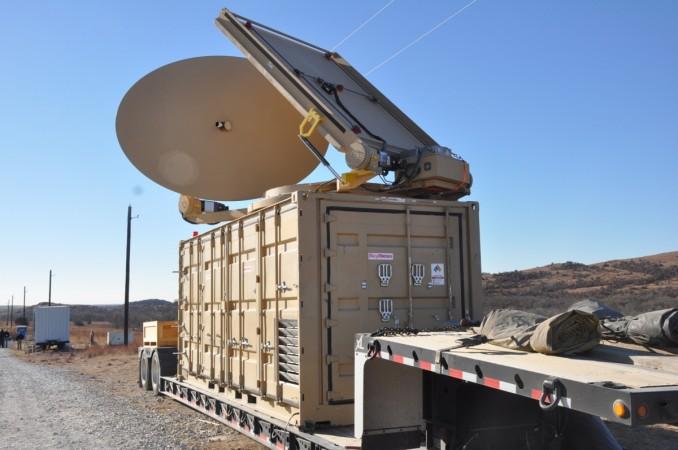
Drones are increasingly becoming a more and more serious threat to military installations all over the world. Both Russia and the US are have reported that low cost, off the shelf drones can and actually have been used to attack their bases in the war against ISIS.
This issue can be seen as a cause for concern the world over. Enemy forces can easily procure several drones and create swarms for cheap. Protecting against them is not easy as they are small, agile, and can rain down in large numbers. They can be used for surveillance, to drop small ammunition and ordnance, as well as simply annoy a base. Also, swarming drones can throw off radar equipment and it could even strike panic.
A report by Raytheon points out that there are but a few real ways to defend against drones that is known especially when fighting swarms. Shotguns, snare traps and nets are effective, but only work within a limited range. Missiles can be used, but it makes no sense to use missiles that cost tens of thousands of dollars to take down drones that cost mere hundreds. Another way to take down drones are signal jammers, but they must be locked in on target for several seconds before they can work, the same can be said of laser weapons that burn drones out of the sky.
A whole new approach has now been introduced by defence contractor Raytheon and it involves High Power Microwaves (HPM). The tech is actually the same as the ones that go into ovens that are used to pop corn and warm pizzas, notes the report, but scaled up to military spec. The claim is that a drone needs to be hit for less than one second before it gets literally fried.
HPM beams work on an atomic level, says the report. It simply passes right through a drone's exterior shell and destroying the circuitry and semiconductors that keep IC board working. All it takes is for the HPM to identify an incoming threat, then a quick, silent, microsecond worth of radiation moving at the speed of light would completely fry the interior electronics, rendering the drone useless, says the report.

For added effect, the beam can be either concentrated or even coned out to cover a wider area, and swipe the sky cleaning out the drones in seconds. The cost of operating the HPM comes down to about a dollar per kill, say the makers of the tech.
The sytem can be completely automated a well, say its makers and makes use of active electronically scanned array (AESA) radar—the same tech used in modern fighter jets to track and find targets.











